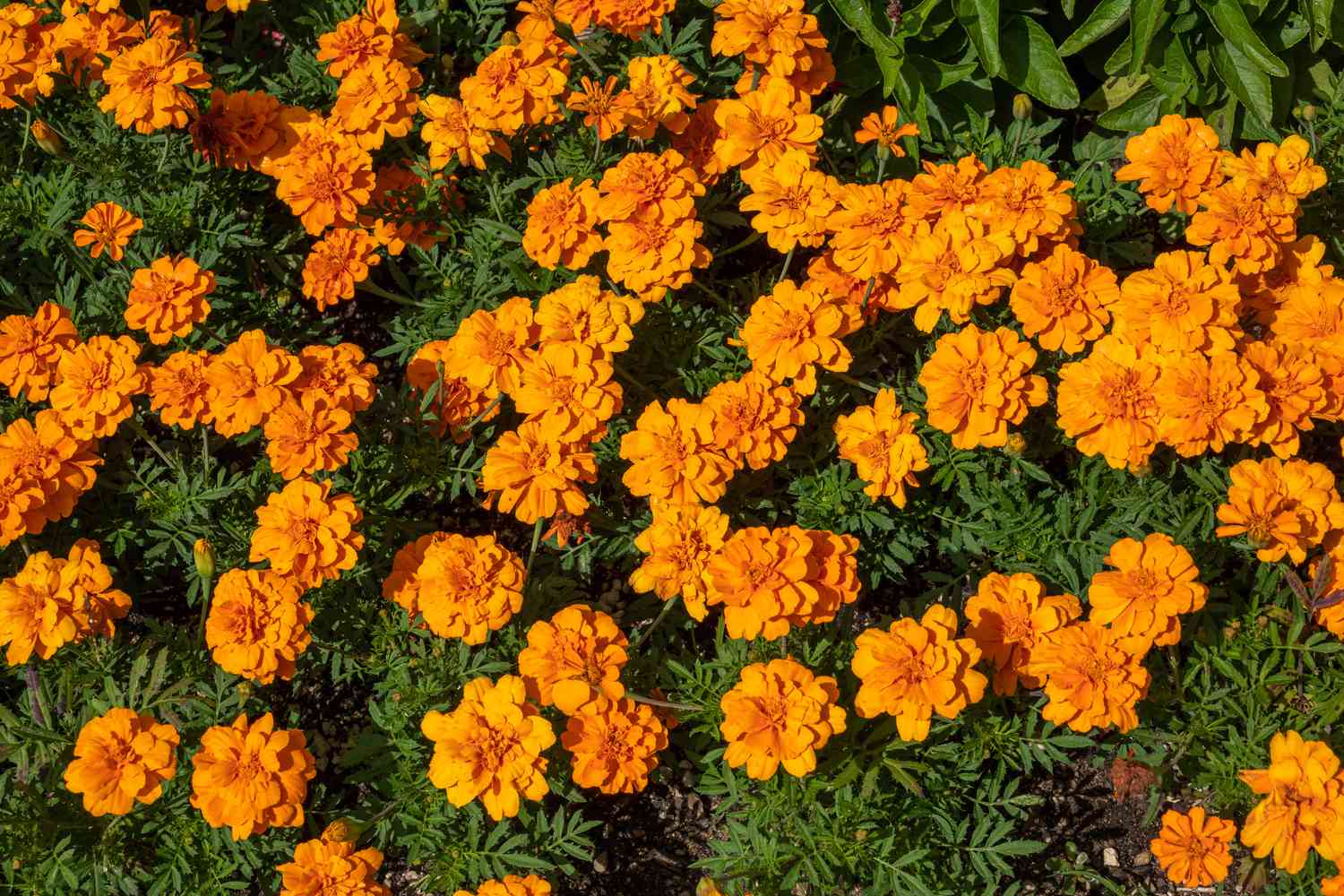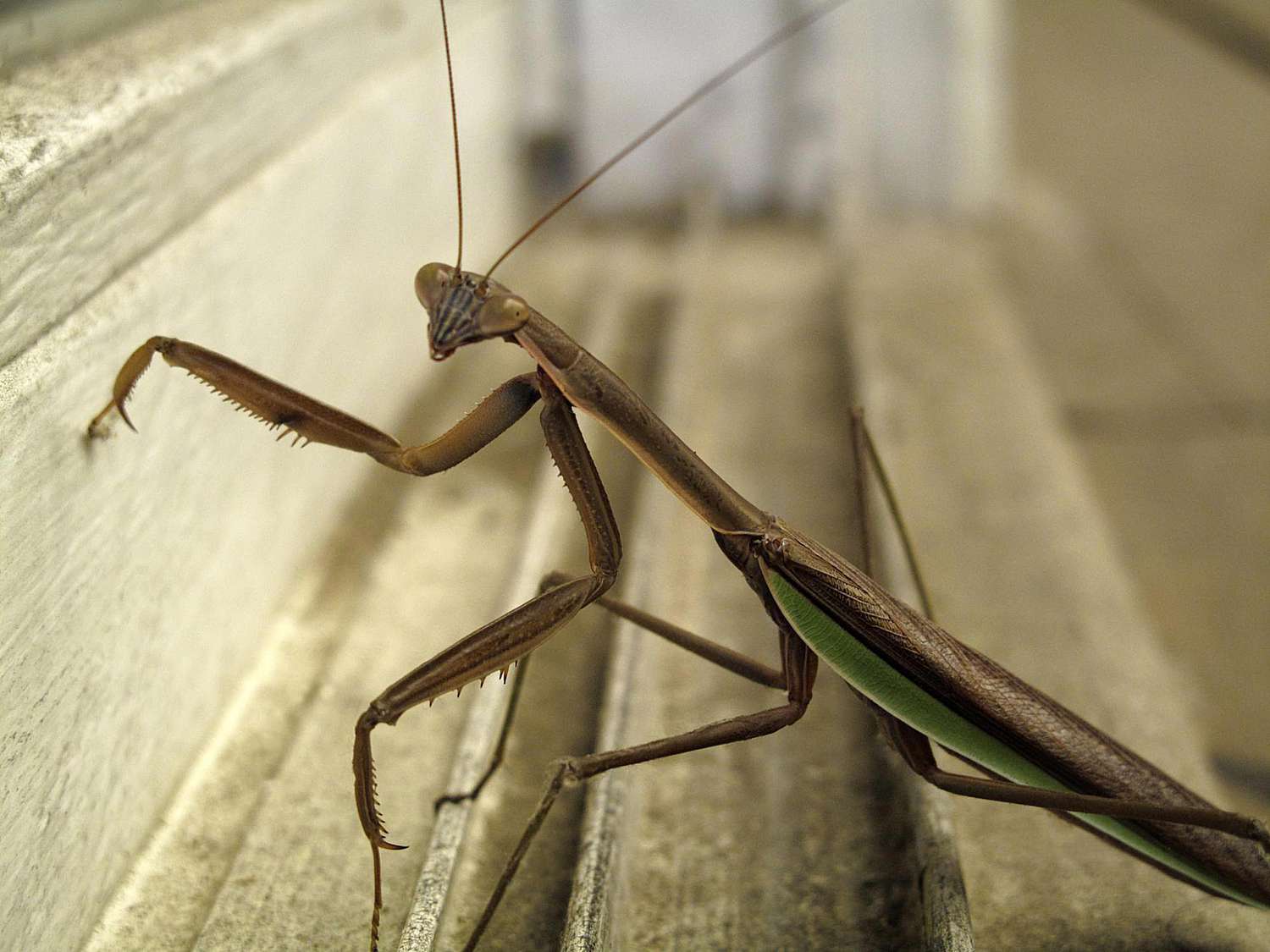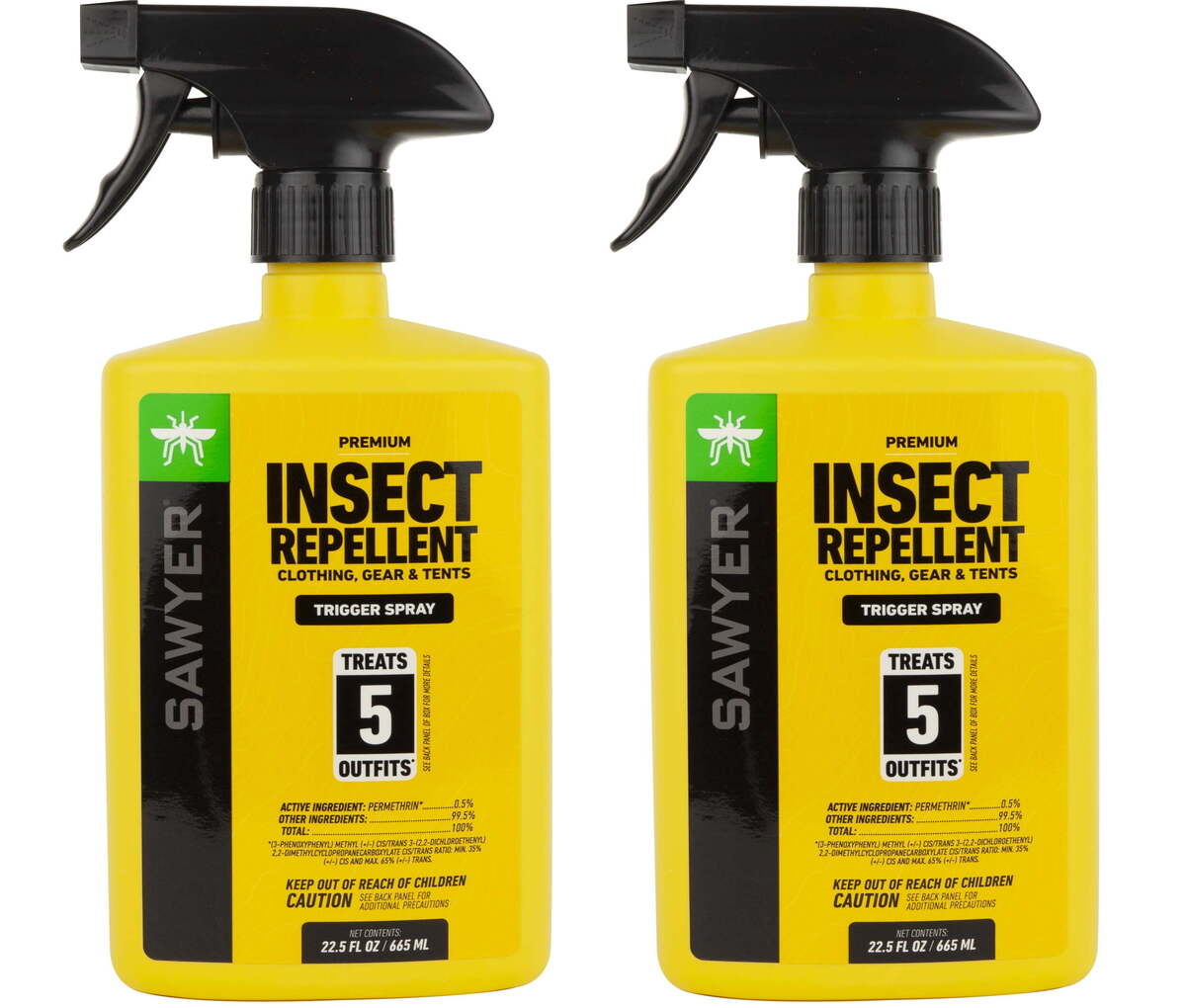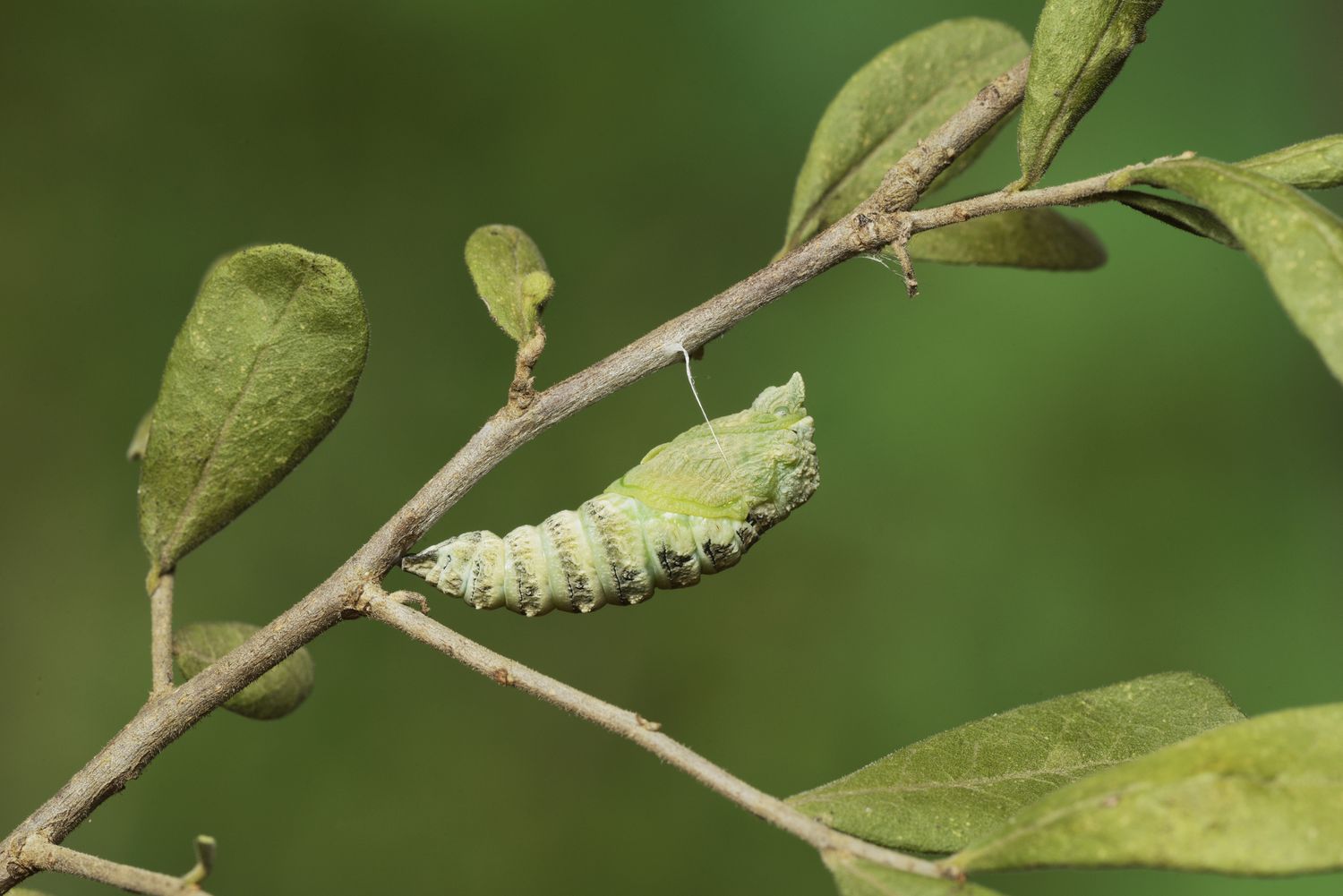Home>Gardening News and Trends>Latest News>Carmine Dye And Shellac Are Products Produced By Insects Of Which Order?


Latest News
Carmine Dye And Shellac Are Products Produced By Insects Of Which Order?
Published: December 12, 2023
Latest News: Discover which order of insects produce carmine dye and shellac, essential products with various industrial applications.
(Many of the links in this article redirect to a specific reviewed product. Your purchase of these products through affiliate links helps to generate commission for Chicagolandgardening.com, at no extra cost. Learn more)
Table of Contents
Introduction
Welcome to the fascinating world of insects and their incredible products! Insects, with their diverse adaptations and unique abilities, have long intrigued scientists and naturalists alike. Among the many remarkable things that insects produce, two particularly noteworthy products are carmine dye and shellac.
Carmine dye is renowned for its vibrant red color and is widely used in various industries, such as food, cosmetics, and textiles. Shellac, on the other hand, is a versatile natural resin that has been utilized in woodworking, pharmaceuticals, and even as a food glaze. Both carmine dye and shellac have a rich history of cultural significance and commercial value.
In this article, we will explore the intriguing world of carmine dye and shellac, uncovering the insects responsible for their production and the biological secrets behind their remarkable properties. We will delve into the order of insects that play a vital role in producing these valuable commodities.
Join us on this entomological journey as we unravel the mysteries behind carmine dye and shellac, shedding light on the remarkable insects that bring these products to life.
What are Carmine Dye and Shellac?
Carmine dye, also known as cochineal dye or carminic acid, is a natural red pigment derived from the bodies of female cochineal insects. These insects belong to the family Dactylopiidae and are native to Central and South America. To create carmine dye, the female cochineal insects are harvested, dried, and then crushed to extract the vibrant red color. Carmine dye has a long history of use as a natural coloring agent and is prized for its intense and stable red hue.
Shellac is a natural resinous secretion produced by female lac insects, particularly the species Kerria lacca. These tiny insects are found in regions of India and Southeast Asia. The process of shellac production involves the female lac insect excreting resinous flakes on tree branches as a protective coating for their eggs. This resin is collected, processed, and refined to produce shellac. As a versatile product, shellac is valued for its adhesive properties, as a protective coating, and for its use in manufacturing varnishes and polishes.
Both carmine dye and shellac are highly sought after in various industries due to their natural origins and unique properties. The vibrant red color of carmine dye makes it a popular choice in the food and beverage industry, where it is used to create red-colored candies, juices, and even lipsticks. It is also utilized in the textile industry to dye fabrics and create vivid red hues.
Shellac, on the other hand, has multiple applications. It can be found in woodworking as a traditional finish, providing a protective and glossy coat on furniture and musical instruments. In the pharmaceutical industry, shellac is used as a coating for pills, facilitating easy swallowing and protecting the medication from moisture. Additionally, it is used as a glaze on food products, such as fruits and confections, to enhance their appearance and provide a glossy sheen.
Now that we have a basic understanding of what carmine dye and shellac are and their various applications, let’s dive deeper into the fascinating world of insects and explore the specific order to which the insects that produce these valuable products belong.
Insects that Produce Carmine Dye and Shellac
The insects responsible for producing carmine dye and shellac are fascinating creatures with unique adaptations. Let’s take a closer look at these remarkable insects:
- Cochineal insects: The cochineal insects (family Dactylopiidae) are small scale insects native to Central and South America. The females of these insects are the primary source of carmine dye. Cochineal insects feed on the sap of certain cacti and have a specialized tube-like mouthpart called a stylet, through which they extract the nutrients they need. The females contain a red pigment called carminic acid, which is responsible for the intense red color of carmine dye. These insects are meticulously harvested and processed to extract the dye, making it a valuable and highly sought-after natural coloring agent.
- Lac insects: The lac insects (species Kerria lacca) are native to India, Southeast Asia, and surrounding regions. These tiny insects belong to the scale insect family, and the females play a crucial role in shellac production. Lac insects settle on tree branches and secrete a resinous substance to create a protective covering for their eggs. This resin is carefully collected and processed to create shellac. The process involves refining the resin, removing impurities, and forming it into flakes or sticks. The unique chemical composition of shellac gives it its adhesive and protective properties, making it an essential resource in various industries.
Both cochineal insects and lac insects have developed specialized adaptations that allow them to produce these valuable substances. Their unique biology and behaviors have made them invaluable contributors to the industries that utilize carmine dye and shellac.
It’s worth noting that the extraction and processing of carmine dye and shellac have evolved over time to ensure sustainable practices and the humane treatment of these insects. Cultivation methods and synthetic alternatives have also been developed to supplement the demand for these products and reduce the impact on insect populations.
As we continue our exploration, let’s uncover the specific order to which these insects belong and gain a deeper understanding of their taxonomic classification.
Order of Insects that Produce Carmine Dye and Shellac
The insects responsible for the production of carmine dye and shellac belong to distinct taxonomic orders. Let’s explore the specific orders to which these remarkable insects belong:
- Order Hemiptera: Cochineal insects, which produce carmine dye, belong to the order Hemiptera. This order is characterized by insects with piercing and sucking mouthparts, which they use to extract sap or other plant fluids. Hemipterans have specialized mouthparts called stylets that allow them to pierce plant tissues and feed on the nutrient-rich fluids. Cochineal insects, specifically from the family Dactylopiidae, have evolved to feed exclusively on a specific group of cacti. These insects have a close relationship with their host plants, as they rely on them not only for sustenance but also for protection and reproduction. The order Hemiptera encompasses a diverse array of insects, including aphids, cicadas, and stink bugs.
- Order Hemiptera: Lac insects, which are responsible for producing shellac, also belong to the order Hemiptera. These tiny insects are specifically classified under the family Kerriidae. Like other members of the Hemiptera order, lac insects use their piercing and sucking mouthparts to extract sap from host plants. They settle on specific tree branches, primarily in regions of India and Southeast Asia, and create a protective covering for their eggs using a resinous secretion. The hardened resin, known as sticklac, is collected and processed to extract shellac. While not all insects in the order Hemiptera produce valuable products like carmine dye and shellac, it is fascinating to see how certain species within this order have evolved unique adaptations to provide humans with these coveted resources.
These orders demonstrate the incredible diversity and ingenuity of insects in producing valuable substances. Despite their small size, these insects have played a significant role in human history and various industries, from providing vibrant natural dyes to acting as a versatile natural resin.
As we conclude our exploration of carmine dye and shellac, it is worth appreciating the intricate connections between insects and the products they produce. Understanding the ecology and biological processes behind these remarkable insect creations not only enriches our knowledge but also encourages us to appreciate and conserve the natural world.
Conclusion
Carmine dye and shellac are two remarkable products that owe their existence to the ingenuity of insects. Cochineal insects, belonging to the order Hemiptera, are responsible for the production of carmine dye, a vibrant red pigment used in various industries. Lac insects, also from the order Hemiptera, produce shellac, a versatile natural resin with multiple applications.
These insects have developed unique adaptations, such as specialized mouthparts and resin secretion, to produce these valuable substances. The rich history and cultural significance of carmine dye and shellac highlight the enduring relationship between humans and nature.
With an increased awareness of sustainability and ethical practices, efforts have been made to ensure the responsible harvesting and processing of carmine dye and shellac. Cultivation methods and synthetic alternatives have also been introduced to reduce the impact on insect populations. This not only ensures the availability of these products but also promotes the conservation of insect species.
Exploring the world of carmine dye and shellac provides us with a deeper understanding of the remarkable abilities of insects. These tiny creatures have the power to produce vibrant colors and versatile resins that have been valued by humans for centuries.
As we marvel at the wonders of carmine dye and shellac, let us remember to appreciate the intricate connections between insects, nature, and the products that enrich our lives. By fostering a sense of respect and stewardship towards the natural world, we can ensure the preservation of these incredible insect creations for future generations to enjoy and benefit from.






